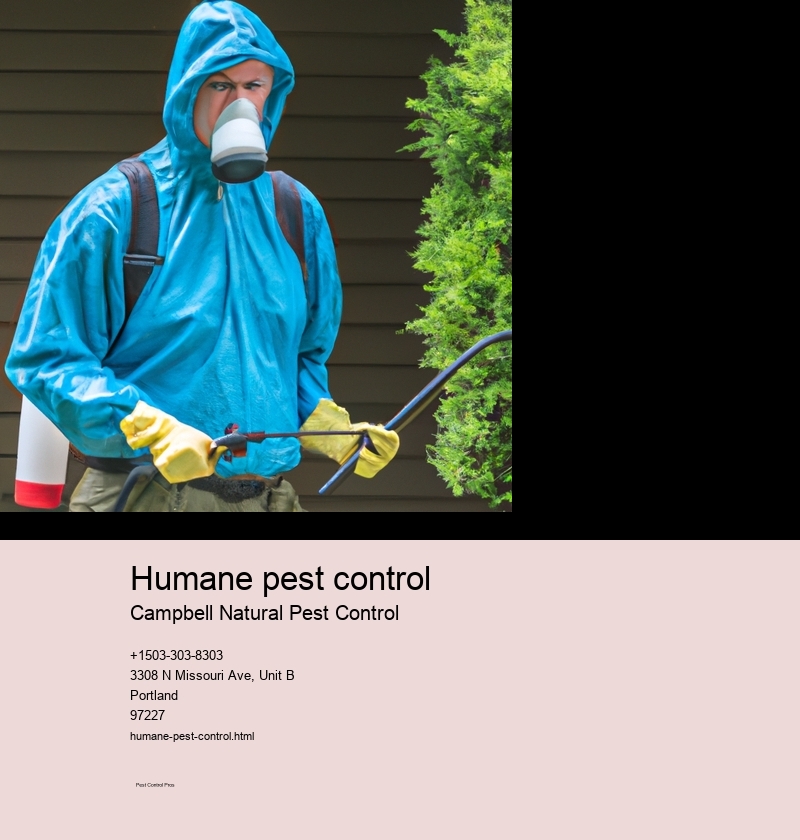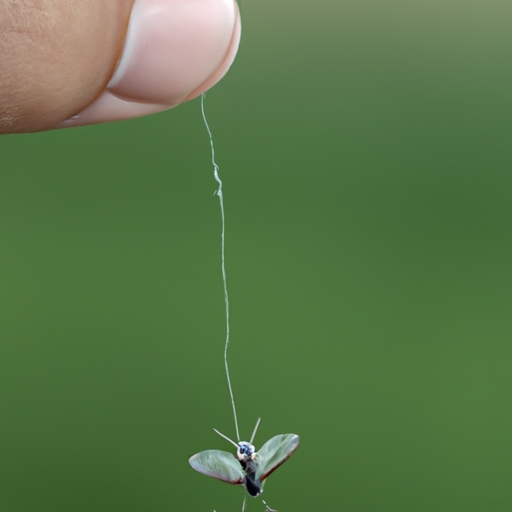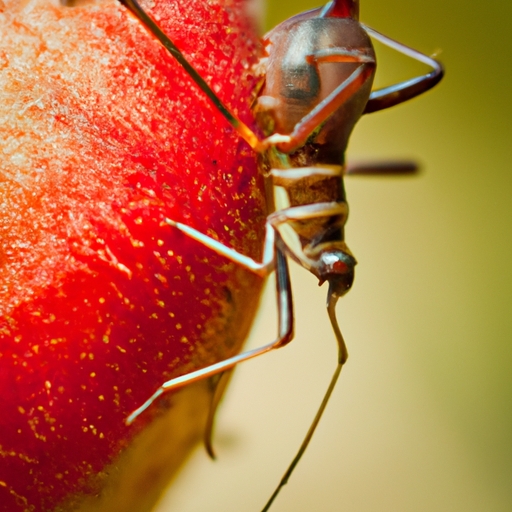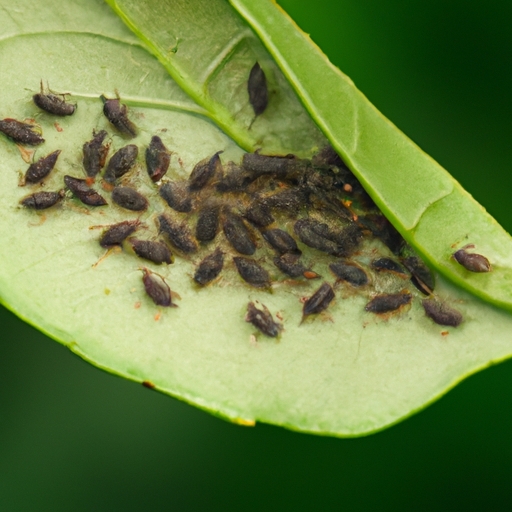humane pest control
Introduction
Humane pest control is a great way to keep pests out of your home without harming them! It involves identifying the type of pest before taking any action. (This) way, you can make sure that whatever action you take is tailored to the specific kind of pest. For example, if you have mice in your house, then different methods would be used than for cockroaches or termites. There's no one-size-fits-all solution when it comes to humane pest control!
Moreover, there are lots of DIY solutions which allow us to identify and deter pests without killing them. These include things like moth traps and snap traps for mice. Additionally, sealing up cracks and crevices around windows and doors will help keep pests from entering your home in the first place! However, if DIY methods don't work then you'll need to consult professional exterminators who can use more sophisticated methods such as heat treatments or ultrasonic sound waves.
In conclusion, humane pest control is an effective method of keeping our homes free from unwanted guests without having to harm them! Yet it takes some knowledge and effort on our part so we must identify the particular type of pest and use appropriate methods to deal with it accordingly. If all else fails then seeking out professional help would be beneficial as well. After all, these experts have access to advanced techniques that may not be available otherwise!



